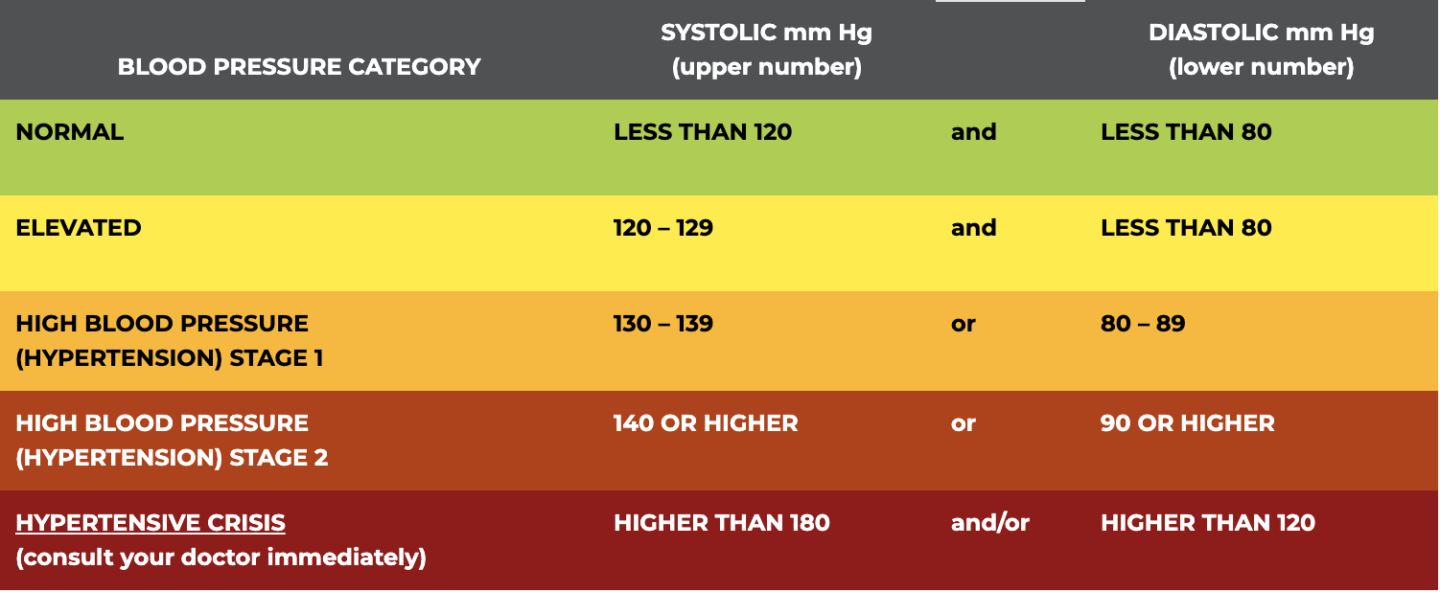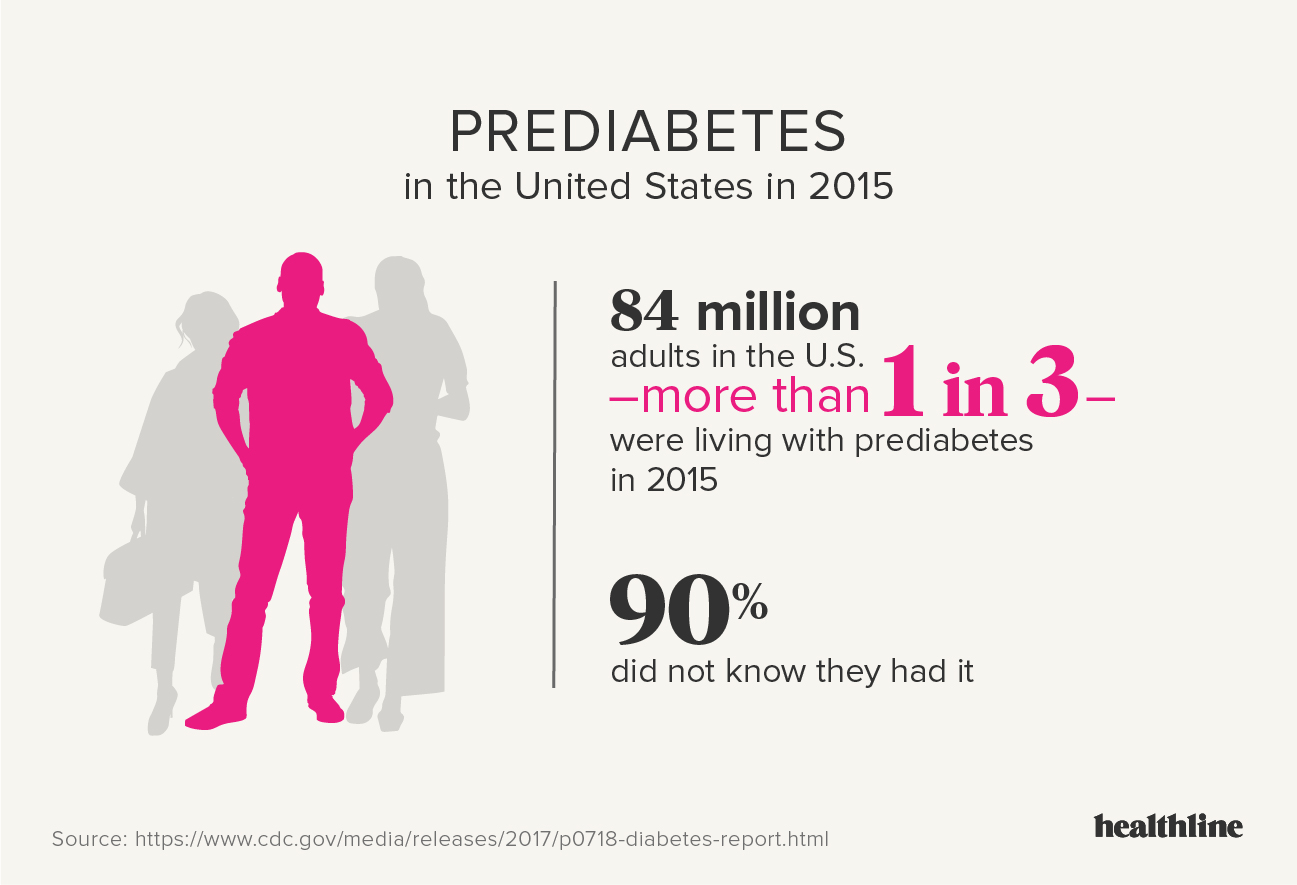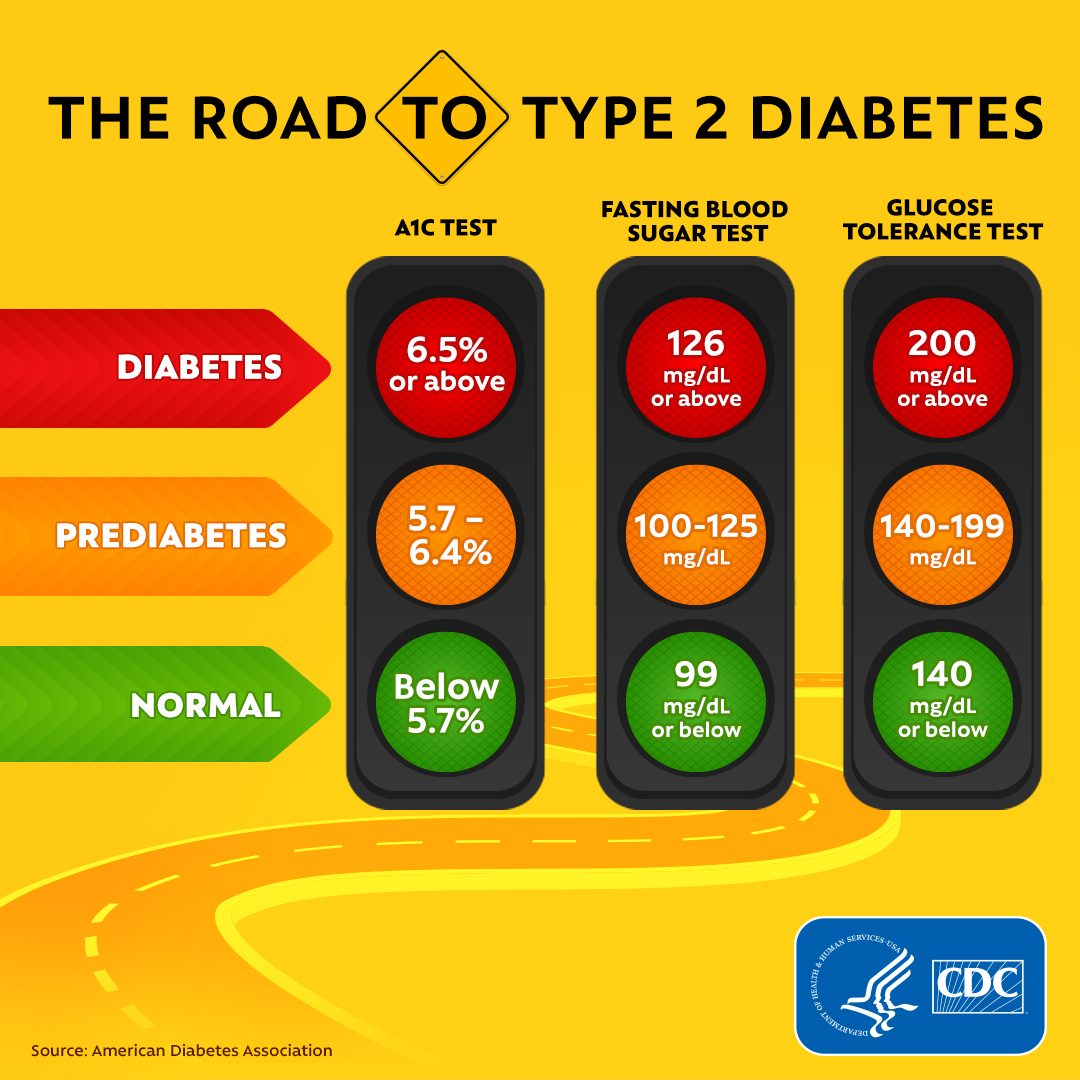Women and Heart Disease – Pay Attention!

Last week we talked about Go Red / Go Red for Women / Wear Red Day and a little about some of the facts behind heart disease. I briefly mentioned that heart disease is one of the top killers amongst women. Today – we’ll get a little more in detail about HOW to prevent heart disease and what the numbers mean when you get your blood pressure, heart rate, and vitals checked. Pay attention!
Do you know your numbers?
The American Heart Association’s Go Red For Women and The Heart Truth are encouraging all women to schedule a visit with their doctor to learn their personal health numbers including Blood Pressure, Cholesterol, Blood Sugar and Body Mass Index (BMI) and assess their risk for heart disease and stroke. It’s time to learn the most critical numbers in your life! Your heart and livelihood depend on it. About half of all Americans (47%) have at least 1 of 3 key risk factors for heart disease: high blood pressure, high cholesterol, and history of smoking (CDC, 2019).
Why do the numbers matter?
Understand Risk Factors – There are some risk factors you can control like blood pressure, smoking, cholesterol, lack of regular physical activity, and some you can’t control like age, gender, and family history. Of course genetics can come into play with a predisposition to high blood pressure or cholesterol – but there are lifestyle modifications (diet, exercise) you can make to try to bring those down to optimal levels and various medications.
Know your numbers, learn your family health history and discuss all risk factors with your healthcare provider. As I previously mentioned, family history and genetics are a bigger deal than we usually like to imagine when it comes to our health.
- Did you know if one of your parents experienced cardiovascular disease at a young age (before 55 or 65), your risk of developing heart disease is 60 to 75 percent higher than it would be otherwise, according to a 2014 paper published in the journal Canadian Family Physician. According to the study, having a sibling with CVD also raises that risk by 40 percent! Ah!
A significant family health history isn’t the only thing predisposing you to cardiac risks. According to the National Institutes of Health, other things such as high blood pressure, high blood cholesterol, diabetes and prediabetes, smoking, obesity or being overweight, physical inactivity, having a history of preeclampsia during pregnancy, an unhealthy diet and increasing age all raise your risk of heart disease.
Know Your Numbers – Sure you see your numbers whenever you get your blood or vitals checked at a health appointment … when was the last time you went by the way? Think of it like this: you can’t manage what you don’t measure and more so, you can’t change what you don’t know, which is why knowing your risk is critical to successfully preventing cardiovascular disease. Knowing your risk starts with knowing your numbers. The American Heart Association recommends that you be aware of five key numbers:
- Total Cholesterol
- HDL (good) Cholesterol
- Blood Pressure
- Blood Sugar
- Body Mass Index (BMI)
Total Cholesterol
Cholesterol smeshterol, what’s the big deal? Let me tell ya, cholesterol as a whole is a huge deal when it comes to determining cardiovascular risk. When your cholesterol is drawn, it’s broken down into a few other categories: total cholesterol, HDL, LDL, and triglycerides. One, a few, or all can be elevated and there are various ways to treat them that range from small, easy dietary changes to lots of different medications. While the medications are generally pretty effective, some have side effects that aren’t awesome. Soooooo… let’s do the work and avoid them altogether, right?
Cholesterol is a waxy, fat-like substance found in your blood. You can imagine it likes to stick to things, especially your vessels. It then attracts more cholesterol that’s floating by to grab onto – and before you know it, you’ve got clogged arteries, which can lead to heart attack or stroke … or both.
HDL (good) and LDL (bad) cholesterol
Some cholesterol functions in ways that are beneficial to the body – like HDL or your “good” cholesterol. LDL, or your bad cholesterol, and HDL are directly related to your risk of developing cardiovascular disease. HDL works with your body to REMOVE cholesterol from the places it shouldn’t be (aka arteries) and transport it to the liver, where it’s then processed and excreted by the body and NOT clogging your vessels. You want high levels of HDL. Low levels of HDL is worrisome because your body isn’t ridding itself of the gunk like it should be. LDL levels should be low, the more of it hanging around, the more plaque you’re likely to develop in your vessels.
Ways to raise your HDL levels include things like smoking cessation, exercising, and eating good fats like avocados and nuts and foods you’d find in the Mediterranean diet.
Blood Pressure
So I’m sure you all are familiar with what a blood pressure reading looks like .. let’s say for example 124/62. Do you know what the top and bottom numbers mean?
The top number is your systolic blood pressure. Systole is the phase when your heart is squeezing or contracting – therefore your systolic blood pressure measures the amount of effort or pressure your blood is exerting against your arteries when the heart is contracting. As we age, our arteries and vessels naturally tend to stiffen a bit, just as a result of getting older. High blood pressure means the heart is having to work harder to pump the blood to the rest of your body.
The bottom number is your diastolic pressure. Diastole is the phase when the heart is at rest or the “dub” of the lub-dub sound your heart makes with every beat. Your diastolic number is the reading of how much pressure your blood is exerting against the arteries when the heart is at rest.
So what’s an ideal blood pressure? Generally you’re looking for 120/80 or less – although the older we get, the more wiggle room you have (in moderation) with some slightly higher pressures. Think of it again like water going through an old hose. The hose tends to get less pliable as it ages – maybe gets a little plugged – and the water has to work harder to get through. As we age, we need just a liiiittle bit more pressure to get the water through the hose and perfuse the target organs than we did when we were young and spritely. That being said, there’s a little as to what’s okay and what needs treatment.

Blood Sugar (glucose and A1C)
I’m always astonished at how many people don’t take their blood sugars seriously – whether they’re diagnosed with diabetes or not. 30.3 million people or 9.4 % of the United States have diabetes – and 1.5 million people are diagnosed in the U.S. every year. High blood sugar levels and diabetes increase the likelihood of developing heart disease.
Women with diabetes have a 40% greater risk of developing heart disease and a 25% greater risk of stroke than men with diabetes do. People with diabetes are more likely to have other issues like high blood pressure, high cholesterol levels. Diabetes in a nutshell is a nasty disease that eventually begins to wreak havoc on all the body systems. It damages nerves, batters the kidneys, harms the eyes, delays wound healing – the list goes on and on. It remains one of the top 7 causes of death.
Your A1C is a measurement of how your blood sugar levels have been trending over the past three months. The numbers don’t lie – A1C’s tell the truth even if the patient “claims” to have been watching their sugars or taking their medications correctly. There is such a term now as “prediabetes” and should be taken as seriously as diabetes itself. Prediabetes though, is a chance to turn it all around and make the necessary changes before diabetes completely ensues.



Body Mass Index (BMI)
I think one of our most obvious thoughts when it comes to heart health or health in general is tied to weight. Our BMI is determined by our current height and weight and gives us an idea of where we stand in terms of being underweight, overweight, or obese. BMI is a screening tool but is not diagnostic – meaning it doesn’t diagnose anything. Rather than focusing on a particular number on the scale, a BMI alerts us of risks of developing chronic diseases like cardiovascular disease, diabetes, or even certain cancers. According to the NLH or the National Heart, Lung and Blood Institute, your body mass index should fall between 18.5 and 24.9. If your BMI is below 18.5, you could be underweight. On the other hand, a BMI greater than 25.0 is categorized as overweight, while a score above 30 is considered obese.
All of these numbers collectively tell us what sort of shape we’re in. If you’re wanting a more in-depth analysis of your health, the American Heart Association offers My Life Check – which is an online tool aimed to help you navigate your path towards a healthier future and analyze anything that might be worrisome or worth checking into in regards to heart health and stroke risk. I IMPLORE you to open these conversations with your provider, or seek one out if you don’t yet have one. Women should begin cardiovascular screenings at the age of 20 – so keep that in mind if you’re unsure of when you last had routine blood work done, or even your blood pressure taken. Ultimately your health is in your control – and you can only take control of what you know. Take control and take charge for the future you.
As always – I’m here to discuss and help if I can. Do you think any of the risk factors involve you?







I’m already on meds for high blood pressure. Ug! Both of my parents had it, so I do too. I need to check out my other numbers, though. Good reminder!
you’re not alone – I know quite a few people who were gifted high blood pressure from their parents!
There was so much information here that I was unaware of! I wish I had insurance so I could go to the doctor and get checked. With all my other health issues, I could use a check-up on a TON of things – but that will have to wait until there’s money in the bank again or health insurance isn’t so insane. I appreciate you sharing all of this!
So informational! I eat a lot of avocados and I’m trying to get more into nuts even though I don’t like them just because I know they’re good for me! Looks like I should keep eating them to help my heart health!
This is very good information. Lots of people don’t think it will happen to them until it does. We need healthy hearts to live.
My dad had two heart surgeries last year and he has always been very intentional about eating well and working out. This is such a good reminder that I too need to pay attention. Heart disease canbe terrifying!
This is a very important issue. My mom suffers from high blood pressure and suffered a stroke 2 years ago, thank God she’s doing well today but keeping our blood pressure low and regulating our glucose is highly important for us women.
i’m so glad to hear she’s doing well now!
This is SO important! I am a nurse so I’m so happy to see someone share this!
me too! we rock 🙂
Heart disease runs in my family and I’ve always been very cautious because it’s been primarily among the women. I love this post as it’s informative, but also gives lots of great bits to look out for in terms of our own health!
This is such great info!! Thank you so much for breaking this all down for us. So important to be aware of the risks!
Wow – soo much helpful information here! My husband has high blood pressure and I worry about him.. I’m going to share this post with him so he learns more about it!
This was so insightful! I think it’s so important to keep our health a priority and look into family history to prevent heart diseases.
There is so much invaluable information in this post that I genuinely did NOT know. I love how in-depth you broke everything down and all the data/statistics you’re sharing here, as well. I’m bookmarking this share, so I can continue to refer to it! Thank you so much!
✨Morgs*
Wow this is such an important topic! Thank you for bringing it up in such a nice way!